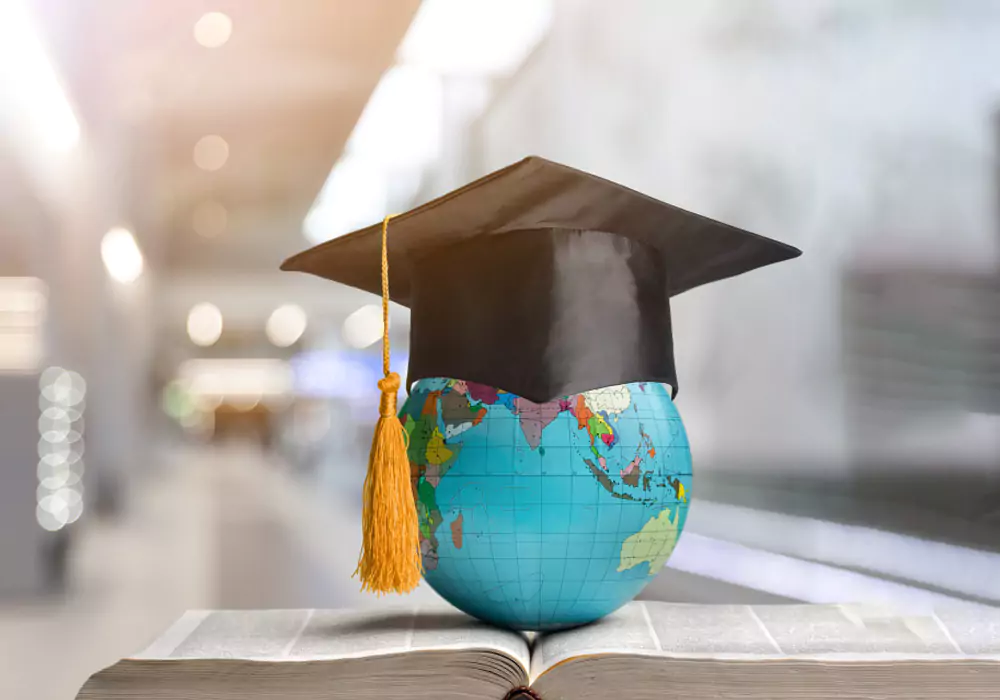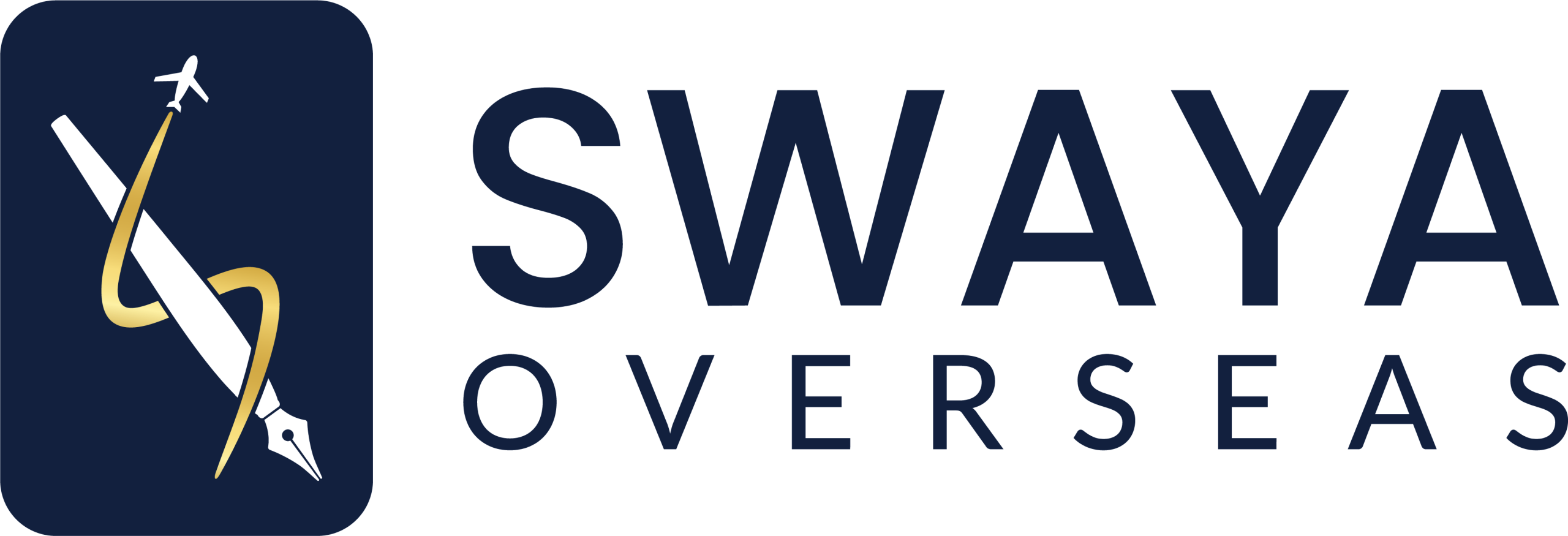Education in Australia
Australia offers world-class education with a strong emphasis on research, innovation, and practical skills. With top-ranked universities, a diverse student community, and flexible learning paths, students can choose from vocational training to doctoral degrees. High standards, global recognition, and supportive services make Australia a preferred study destination.
Why Education in Australia?
Australia is known for its high-quality education system, cultural diversity, and post-study work opportunities. Students benefit from internationally recognized degrees, modern campuses, and hands-on learning.

Advantages of Studying in Canada
Australia is the world’s only country-continent and the sixth largest nation globally. It is recognized for its high-quality education, diverse courses, and post-study work and PR opportunities.
4th Rank Country in English-Speaking Students:
With over 600,000 international students, Australia ranks fourth among English-speaking countries for student intake. Its universities are spread across all major cities and regional areas, with about 20% of students being international.
Australian Education System
Australia has 6 states and 2 mainland territories. Each state manages its education system, offering both public and private institutions. The education system follows a 3-tier model:
1, Primary Education
2, Secondary Education
3, Tertiary Education—includes:
- Universities: 37 public, 2 private, and 8 top-tier “Group of Eight (G8)” universities.
- TAFE Colleges: State-accredited institutions offering vocational courses (1–2 years) in fields like hospitality, tourism, and construction.
- VETs/RTOs: Provide career-focused certificate programs without requiring a university degree.
Short-term vocational courses after 12th, lasting 1–2 years, focused on practical skills in fields like hospitality, business, IT, and construction.
A foundational undergraduate degree completed in 3–4 years after 12th, offering academic and professional knowledge in various disciplines like science, arts, and engineering.
An additional 1-year study after a bachelor’s, focused on research or advanced coursework, often used as a pathway to a master’s or PhD.
A 6-month postgraduate course that builds on a bachelor’s degree, designed to enhance skills or provide a foundation for further study.
A 1-year program after a bachelor’s, offering specialized knowledge for career advancement or preparation for a master’s degree.
Advanced degree pursued after a bachelor’s, 1–2 years long, offered by coursework, research, or a mix of both, for deeper subject expertise.
Highest academic qualification, taking 3–4 years, focused on original research, culminating in a thesis that contributes new knowledge to the chosen field.
Entrance Exams
Academic Year

Document Checklist
- Latest details can be viewed on www.immi.gov.au. Documents required for an Australian student visa are:
- Copy of Passport (All non-blank pages, color scan)
- Application Form to be completed online
- e-COE
- Affidavit of Support
- Evidence of Funds: Tuition Fees, Living Cost (AUD 20290 per year), and Travel Cost (AUD 2000 per year) in the form of savings bank history or an acceptable bank loan. Bank fixed deposits are also acceptable.
- Evidence of source of income: For example, income from employment or sale of property, etc.
- Academic Documents—Including educational certificates, diplomas, or degrees (as applicable)
- IELTS/PTE/TOEFL Test Result
- Identity documents like marriage certificates, birth certificates, and custody documents (if applicable).
- S.O.P.
Feel free to contact with us
Faq's
Under the Post Study Work Stream, student visas will be extended for 2 years if the student is completing a bachelor’s or master’s, 3 years for a master’s by research, and 4 years for completing a doctorate.
Tuition fees for degree courses range from AUD 20000 to 35000 per year. Diploma courses are slightly cheaper.
